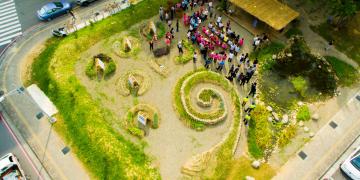A long term partnership with Scientists
An ecoregionalization process leading to the creation of one of the largest MPA in the world
A management plan built with the scientific community to ensure the scientific robustness of the Nature Reserve management
